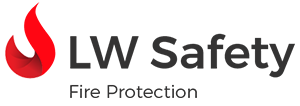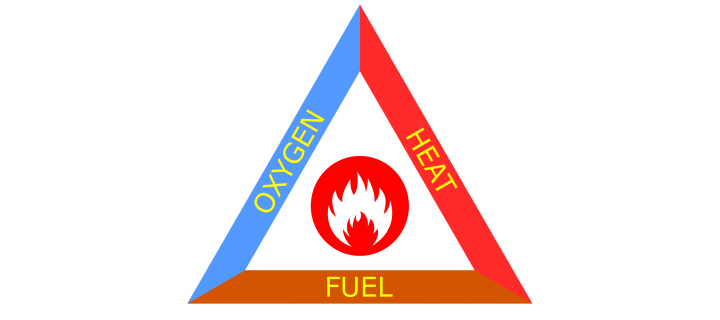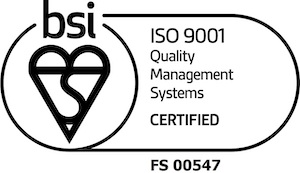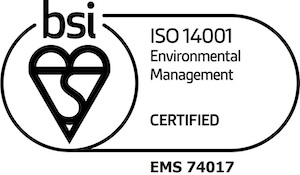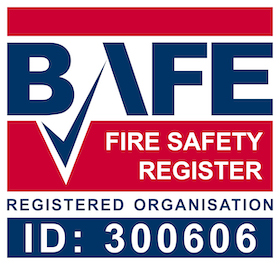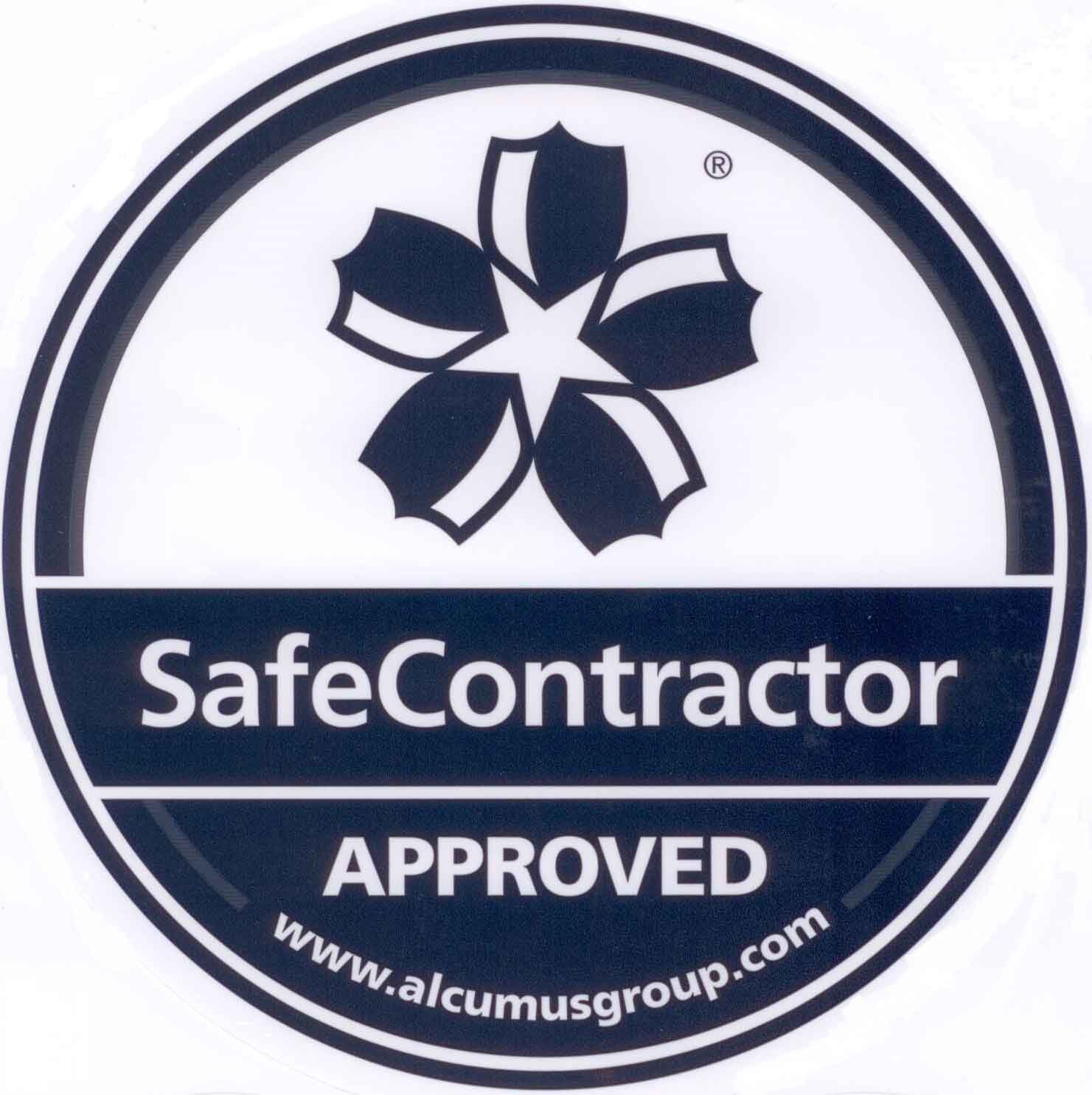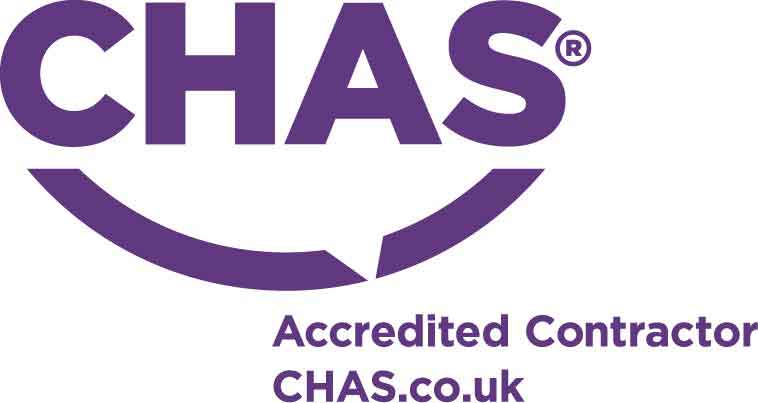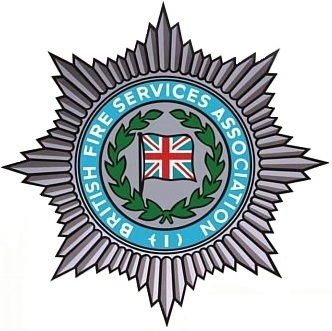Fire Triangle Explanation
In terms of fire safety, there is a lot you need to know, from regulations to fire extinguisher handling, but one of the most important things to remember – if you remember nothing else! – is the fire triangle. This simple formula presents the key to how fires start and gives you the knowledge you need to understand in order to put it out.
All things circle back to the fire triangle, so this month at LW Safety, we’ll take you through what it is and the different elements within it. Whether you learned this at school or not, it’s always good to refresh yourself on this basic combustion triangle formula.
What is the fire triangle?
The fire triangle is exactly how it sounds, it’s a triangle diagram that shows you the three elements of a fire and how they connect. It’s a visual representation that makes it easy for everyone to understand and digest, giving both kids and adults the key understanding they need.
What’s in a fire triangle then? It’s fuel, heat and oxygen. Let’s take a look at each of these elements in more detail now.
Fuel – For a fire to start and continue, there has to be some sort of fuel to burn. This can be a number of different materials, from the commonly used combustibles such as paper, card, textiles and wood, to flammable liquids and gases. Different materials act differently and burn at different temperatures, but the key thing to remember is that removing fuel from the fire equation can help put a stop to it. This is why in forest fires the surrounding trees might be removed in an attempt to break the progress of fire since it will run out of fuel.
Heat – Probably the most obvious part of a fire, heat is required to ignite a fire. This heat creates a vicious cycle since the more a fire burns, the more heat it produces, allowing it to reach the ignition temperature of most materials. Removing heat is the common method of attack to break a fire triangle as it quickly takes the heat out of the equation, but remember water should never be used on electrical fires or oil fires due to the additional dangers involved. Instead, different extinguishing materials can be used to take the heat out of a fire such as CO2.
Oxygen – Every fire requires an oxidising agent, and since the Earth’s atmosphere is 21% oxygen, there’s plenty of this for every fire. Oxygen feeds a fire but can be removed by smothering it – whether that’s with a CO2 extinguisher to force oxygen away and starve the fire or a fire blanket that suffocates it while it’s still small. This element of the formula is the reason oxygen canisters – such as those used for medical purposes – present such a risk as a fire will devour the oxygen and spread much quicker where a higher percentage of oxygen is present.
Removing any one of these elements from the fire triangle will extinguish it or halt the progress of a fire. However, it’s important that if you’re tackling a fire, you feel confident it is small enough to handle. Knowing which type of extinguisher is best suited to the job and how to use it is crucial for this reason. If a fire has grown out of control you should raise the alarm and evacuate immediately, then contact the fire and rescue emergency service.
If you’d like to equip the people in your business with more knowledge about fire safety, how to avoid fires and what to do when one occurs, then fire safety training is essential. At LW Safety we provide general fire safety training as well as fire warden training, giving your employees the skills and tools they need to help save lives in an emergency.
